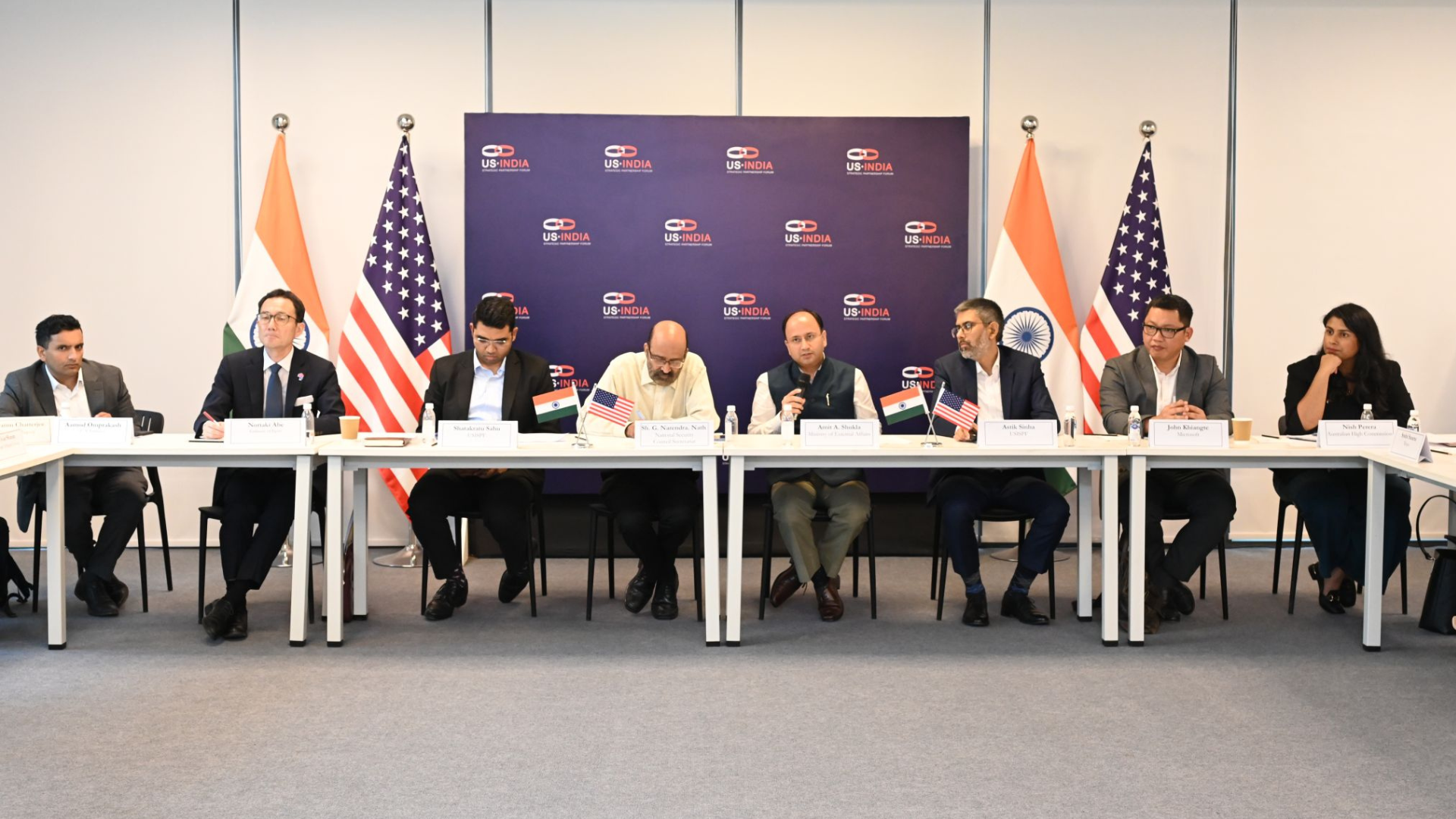March 16, 2021 | Virtual


On March 10, USISPF and Nishith Desai Associates co-hosted a virtual webinar on decoding India’s recently formulated National Education Policy, entry of foreign universities, online learning regulations, degree accreditation process, and deepening US-India collaboration in higher education. Susan Ritchie, VP of trade and technology policy at the USISPF forum, introduced India’s new education policy and the opportunity it creates for U.S. educational interests. “We see India’s new education policy as strategically significant to our members as they plan to expand their workforce in India in the coming years. Collaboration between U.S. higher educational institutions and Indian academia is an important element to that goal,” Ritchie stated.
Experts from Nishith Desai Associates stressed upon increasing importance and reliance on technology in India and its relation to significant reforms in higher education. They presented an overview of the regulatory framework of higher education in India, distinguishing between both regulated and structured frameworks. They distinguished between the regulated framework as bachelors/undergrad, master’s, and diploma courses and structured framework that includes certification courses not leading to the award of a degree or diploma, vocational training, tutoring services, online education programs, and pathways/credit transfers. They explained how the structured framework is growing at an exponential pace by stating, “When there is lack of regulation, there is much faster growth in innovation and the way services are being delivered.”
Nishith Desai Associates further listed the different types of higher education institutes and how there is now a new set of recent regulations for technical regulations on online learning, which is important to monitor, especially during the COVID-19 pandemic. They discussed regulations for Foreign Educational Institutions, which include:
- FEI’s can enter into collaborations/twinning program with Indian institutes.
- The two regulators, UGC and AICTE have their own set of regulations to govern the collaborations/twinning arrangements.
- In addition to these regulators, there are professional councils as well regulating higher education.
With that being said, NDA mentioned the opportunities found within the online educational sector, particularly with:
- Structure 1: the online degree program. India does have regulations pertaining to online programs, but all of these regulations are on Indian higher education institutions. NDA explained considerations, which include the validity of degree, direct fee collection, and taxes. They also introduced softer issues, which include advertising, promises/claims made, and consumer issues.
- Structure 2: the platform model is described as a foreign university to U.S. platform to Indian student structure. Considerations include arrangements between US universities, platforms, and Indian students, fee collection, and taxes.
- Structure 3: the online + on-campus program is described as a U.S. university to both Indian university and student model or U.S. university to Indian university to student model. Considerations include arrangements between U.S. universities and Indian institutes, fee collection, and taxes. Softer issues include advertising, constituting a campus in India, and consumer issues.





